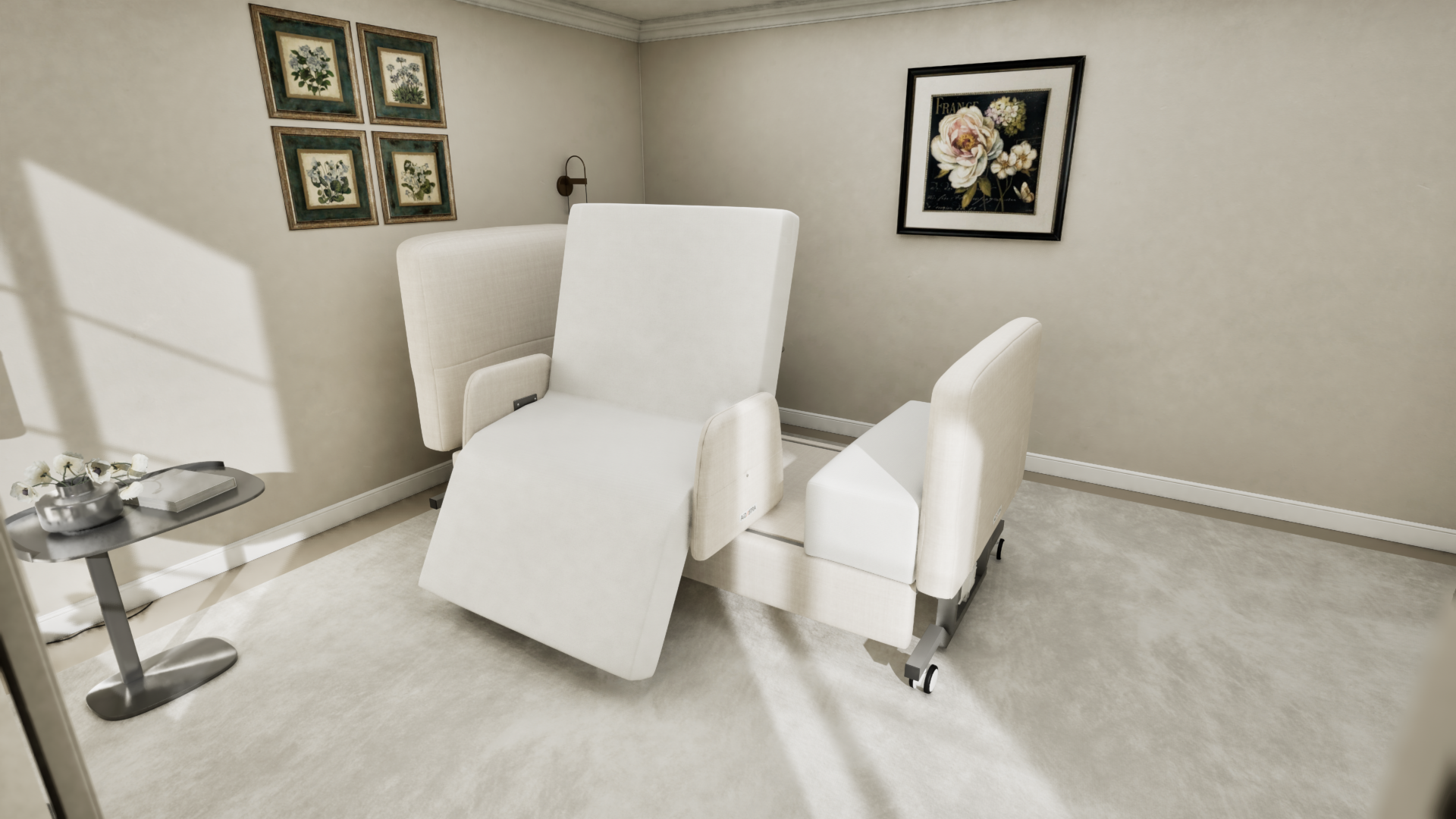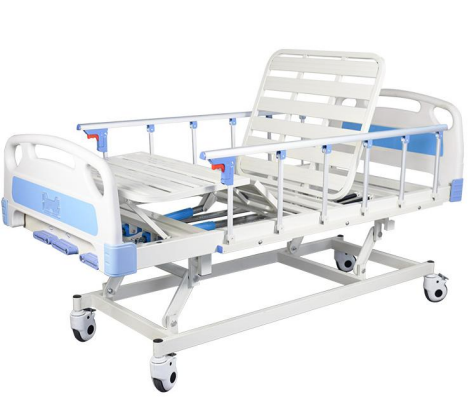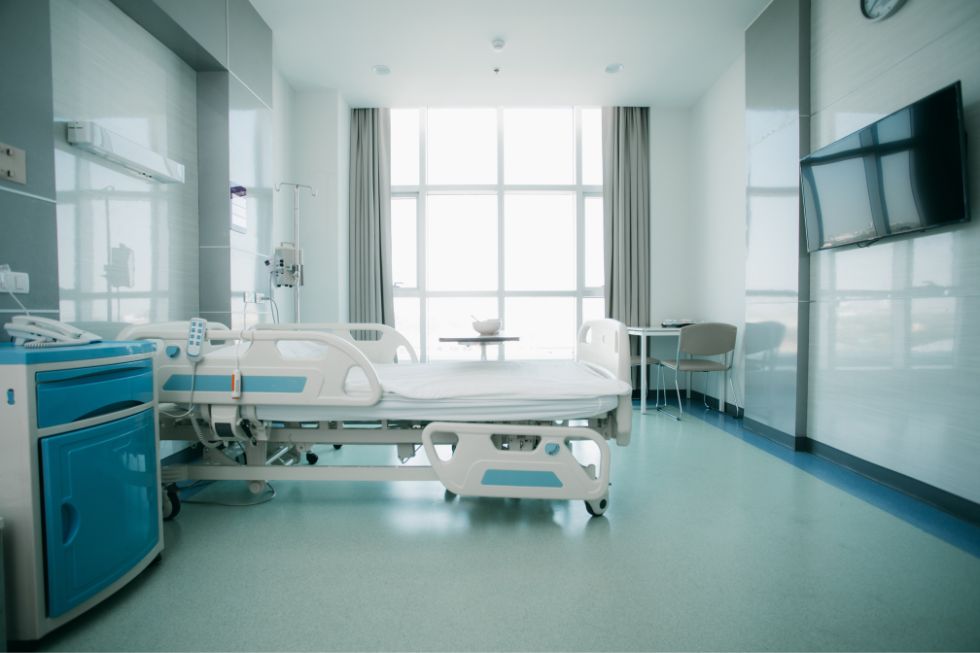A Biased View of Hospital Beds For Home Use
A Biased View of Hospital Beds For Home Use
Blog Article
Hospital Beds For Home Use Things To Know Before You Buy
Table of ContentsSome Known Details About Hospital Beds For Home Use What Does Hospital Beds For Home Use Mean?Some Known Factual Statements About Hospital Beds For Home Use The Greatest Guide To Hospital Beds For Home UseNot known Facts About Hospital Beds For Home UseHow Hospital Beds For Home Use can Save You Time, Stress, and Money.More About Hospital Beds For Home Use
There are 3 primary kinds of healthcare facility beds: manual, semi-electric, and fully-electric. These beds make use of hand cranks to readjust the bed's elevation and increase and decrease the head and the foot.
Semi-electric beds have an electric motor to elevate and lower the head and foot sections of the bed (hospital beds for home use). Full-electric beds have an electrical motor that can increase the head and foot areas of the bed as well as the entire elevation and positioning of the bed.
The 5-Second Trick For Hospital Beds For Home Use
Some models can also move right into even more settings, such as the Trendelenburg (tilt) position. There are several kinds of hospital beds, each made to satisfy certain patient needs. Here are some usual kinds: This is one of the most common kind of hospital bed, designed for general medical usage. It has a manual or electrically adjustable headrest, footrest, and height.
Lower to the ground than a basic bed. This kind of bed is created for bigger individuals, with a broader frame and higher weight ability than a typical bed.
This type of bed is created for seriously sick clients who need open monitoring and specialized clinical tools such as ventilators and mixture pumps. This kind of bed is developed for usage during labor and distribution, with flexible placements and attributes to sustain the mommy and child throughout the birth process.
Get This Report on Hospital Beds For Home Use
Several feature and the devices do broadening traction to various parts of the vertebra and the extremities without relocating the body. These are simply a couple of instances of the kinds of medical facility beds readily available. The specific sort of bed utilized will certainly depend upon the person's condition, clinical demands, and other variables.
Here is things you need to know. A one-function health center bed is a medical bed that permits a client to move only the head or foot section up or down. A 2 feature healthcare facility bed commonly refers to a sort of medical bed that has 2 flexible functions to aid individuals in medical facilities or care facilities.

7 Easy Facts About Hospital Beds For Home Use Described
A 7-function ICU bed is a sort of medical bed that provides several flexible functions to support seriously ill individuals in an intensive care device (ICU) (hospital beds for home use). The seven functions commonly consist of: Backrest modification: The backrest can be gotten used to numerous angles to assist blog here the client rest up or relax pleasantly
Elevation modification: The bed can be raised or lowered to make it much easier for patients to get in and out of bed, and for caretakers to provide care. Trendelenburg setting: The whole bed can be slanted to promote blood flow and circulation in the body. Reverse Trendelenburg placement: The bed can likewise be slanted in the contrary instructions to advertise blood circulation and flow in the upper body.
1. What Size is a Hospital Bed? 2. Just how Much Does a Medical Facility Bed Cost? 3. Why Do Medical Facility Beds Have Side Rails? 4. What Are The Main Health Center Bed Components?. While even more affordable than electrical designs, these beds call for physical initiative for modifications. The main advantages of hand-operated beds are their price and dependability, as they do not count on power. Nonetheless, the need for manual effort can be a restriction in circumstances where fast adjustments are required or where caregivers deal with physical challenges.
The Ultimate Guide To Hospital Beds For Home Use
Semi-electric health center beds offer an equilibrium of guidebook and electrical controls. These beds supply a perfect center ground between handbook and completely electric choices, supplying simplicity of usage without the complete price of electric versions.
Semi-electric beds are well-suited for clients who need moderate changes to the head and foot areas but can handle without regular height changes. This makes them a cost-efficient option for those looking for convenience and ease without the need for continuous repositioning. Completely electrical health center beds feature electrical controls for smooth adjustments to the height, head, and foot sections.
Specialized healthcare facility beds, such as ICU beds, long-term treatment beds, and bariatric beds, are carefully developed to attend to specific medical needs. These beds use customized care for varied patient groups, enhancing both results and convenience. In the following areas, we will certainly discover the major sorts of specialty hospital beds, outlining their certain advantages and applications.
With years of experience in manufacturing electrical straight actuators - hospital beds for home use and close partnership with the healthcare industry, TiMOTION is well-positioned to supply trusted healthcare remedies. Our vertically incorporated firm handles every step of the manufacturing process, from design to actuator setting up, guaranteeing we provide remarkable value and tailored check my blog options tailored to your details needs
Some Known Factual Statements About Hospital Beds For Home Use

For more information about integrating these modern technologies right into your products, contact us today. More analysis:.
Information is sourced from the Medicare Cost Record.

Indicators on Hospital Beds For Home Use You Need To Know
A healthcare facility bed is a bed designed specifically for clinical objectives. It is not only an area for clients to relax, yet additionally a system for clinical procedures. Unlike average home beds, health center beds typically have flexible functions, which can help with clinical team to make different changes according to the needs of clients, such as transforming the height, disposition, and assistance angle of the back and legs of the bed.
Report this page